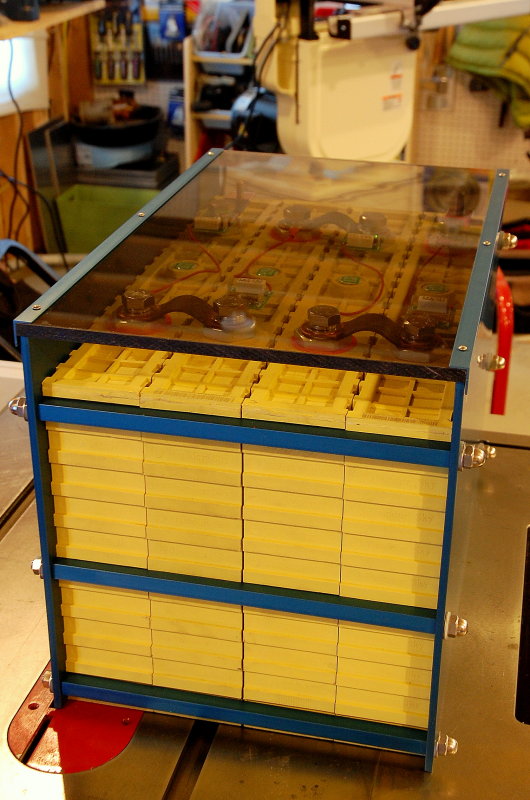Yes, I think Lithium Ion is a bridge to ultracapacitor technology.
It just ain't happening quick enough.
Yes, we need our brightest working full tilt on this, brings renewable energy on to the grid, on demand.Yes, I think Lithium Ion is a bridge to ultracapacitor technology.
It just ain't happening quick enough.
The Dreamliner problem has the potential to seriously quench any kind of lithium battery research if this isnt resolved ASAP. Those batteries are costing Boeing billions each day those planes sit on the ground and have the potential to put Boeing out of business, or at least damage their future. We can be sure insurance companies, in an attempt to skirt potential losses, will take a hard line on anything carrying a lithium battery if this isnt solved soon, and if there are no further incidents.Yes, we need our brightest working full tilt on this, brings renewable energy on to the grid, on demand.
What else is there to conclude?It is frankly indefensible conclude design descision in favor of LI use is the root of these three recent events - not unless one is willing to completely ignore the many thousand hour history of this airplane - and the historic performance of LI power systems.
No problem..Maine Sail, thanks for stressing that there are different Li battery chemistries and that we are not talking about Boeing’s current battery problems.
A couple of questions,
1) Is it your experience AGMs do not live up to their manufacturer’s cycle life predictions (Lifeline and Trojan predict 1000 cycles at DoD of 50%) unless you take “extremely” good care of them? I think East Penn predicts under 500 cycles for their AGMS @ 50% DoD.
What Electrical Car forums could I read to find out real world testing of LiFePo4?
Yes, I am reading that but I tend not to believe it "hook line & sinker". When people spend big money on batteries they tend to like what they have and lose impartiality. I hope I am proven wrong with my cynicism but I got burned bad by the lies fed to use by AGM makers so am still entering my LiFePO4 experience with a lot of skepticism. Still the other benefits far outweigh just the cycle life. The fact that I get don't lose 20% of my bank below 50% SOC, and get the top 15% to use, above 85% SOC, means that my usable capacity is 80% of the bank not the 35% of the bank that it is with LA batteries.From what I am hearing from EV car owners I know, the LiFe batteries are exceeding manufacturer’s life cycle prediction, is this what you have read?
What has to change in the current charging systems on boats (alternator regulator, AC battery charger, solar charger) for LiFePo4? Could the 400 amp hr bank you tested be done for $3000? Can LiFe banks be added later to increase amp hours totals?
When are you going to do a “pay for view” webinar on building and balancing a LiFe bank?
Many of the guys over there do know their stuff and there are some poseurs who don't. Overall it is a great thread as related to boats. Still the self education on LiFePO4 goes far beyond that thread alone, plan on a year of reading at a minimum..... Every time I think I have a good grasp, a new tid bit pops up....I read the marathon thread on Cruiserforum on LiFePo4 house banks. Good information, but takes some time to learn who knows their stuff and who is offering bad advice.




Bill,still want to know the size factor though.
There are a few things that need to be considered with LiFePO4.Also how do I charge those Li batts with my standard alternator and battery charger.
I'm thinking that you would have to have special equipment to keep from setting yourself on fire. read $$$$$$$$$$$$$$$$$$$$x100000....
Do they even make chargers for this kind of stuff???
